Achieving Restaurant Quality Japanese Rice at Home
13 min read Learn expert tips to prepare perfect, restaurant-quality Japanese rice in your home kitchen for authentic culinary experiences. July 13, 2025 15:05
Achieving Restaurant Quality Japanese Rice at Home
Few elements evoke the essence of Japanese cuisine quite like perfectly prepared rice. Its glossy, slightly sticky grains form the comforting foundation for sushi, donburi, onigiri, and countless other beloved dishes. In Japan, rice is more than just food—it's a cultural symbol, a ritualized art form that echoes centuries of tradition. Bringing that meticulous craftsmanship into your own kitchen not only elevates your culinary repertoire but reconnects you with a vital piece of Japan’s heart and heritage.
The Cultural Significance of Rice in Japan

For Japanese people, rice isn’t merely staple sustenance; it is a reflection of history, spirituality, and familial bonds. In centuries past, rice farming was the heartbeat of rural communities, with annual harvest festivals—the inaoshi—celebrating hope and prosperity. Traditional rice cultivation methods, from seedling transplantation to harvesting, fostered respect for nature’s cycles. Even today, that reverence manifests in meticulous rice preparation rituals, ensuring that each grain is given the attention and care it deserves.
Selecting the Right Rice for the Perfect Result

The foundation of authentic Japanese rice begins with choosing the appropriate variety. Short-grain Japanese rice, often labeled as Japonica rice, is the gold standard. Its high amylopectin content grants the grains their signature stickiness, making them ideal for shaping sushi and forming cohesive bowls.
Popular brands such as Nishiki, Koshihikari, and Girando have built reputations for quality. Koshihikari, originating from Niigata Prefecture, is celebrated nationwide for its plump, round grains and nuanced, slightly sweet flavor. When selecting rice, always opt for freshly packaged, well-washed, and stored rice, avoiding items that feel stale or have a faint scent of aging.
The Art of Washing and Rinsing
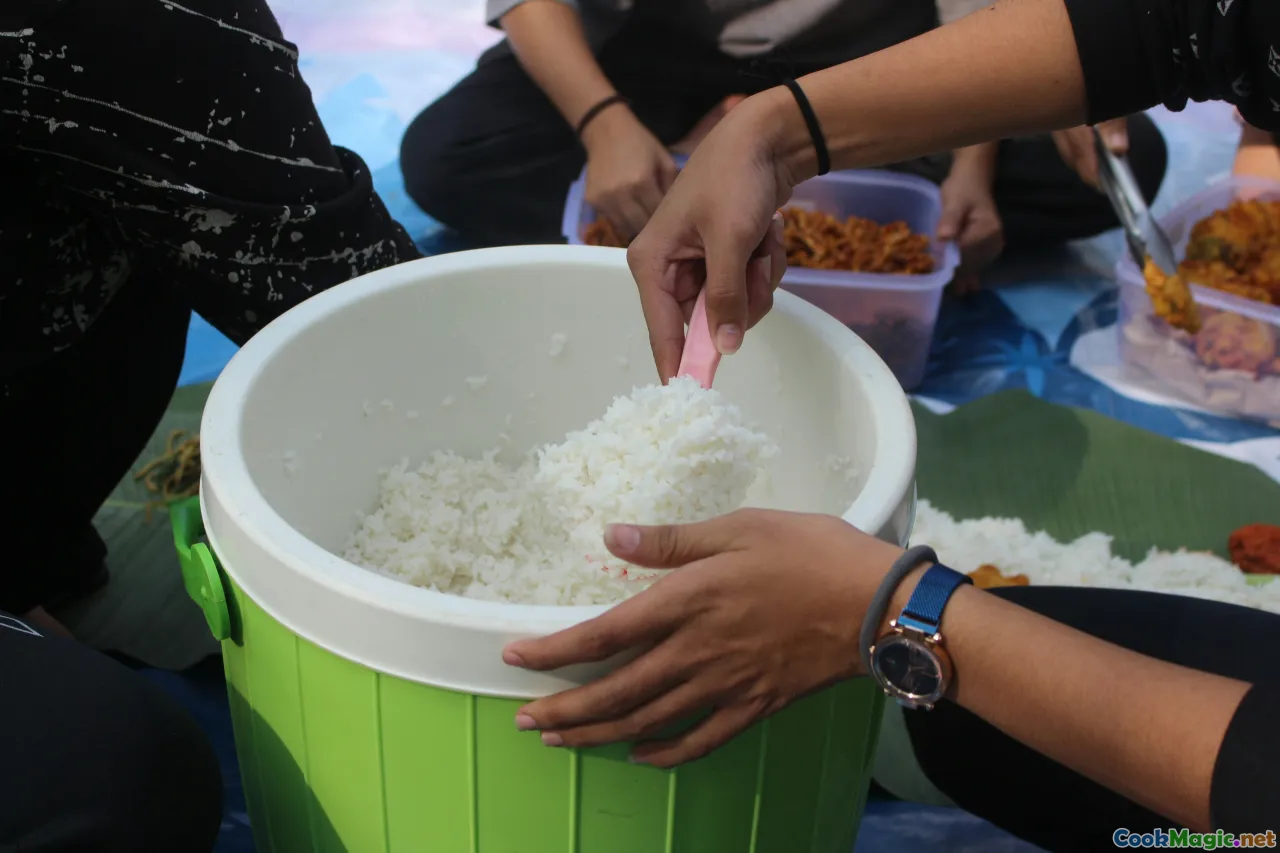
Rinsing rice might seem trivial, but it is a crucial step in unlocking its true potential. Washing removes excess surface starch that can cause overly sticky or gummy rice. The goal is to achieve a balance—luster and springiness without sacrificing the desirable stickiness.
To do this, measure your rice accurately—generally 1 cup of rice yields about 3 cups of cooked rice. Place the rice in a large bowl or a fine-mesh sieve, then add cold water. Swirl gently with your hand or shake the sieve carefully; you’ll notice the water clouding with starch. Drain and repeat this process 2–3 times until the water runs almost clear. This meticulous rinsing enhances the rice’s texture and flavor.
The Perfect Water-to-Rice Ratio

Achieving the ideal water-to-rice ratio is critical. For traditional Japanese rice, the standard ratio is roughly 1:1.2 or 1:1.3, depending on rice freshness and altitude. Using too much water leads to mushiness, while too little results in undercooked grains.
A reliable method is to use a measuring cup and a clear understanding of your equipment. In a rice cooker, the marks inside the pot often correspond to the water level for a specific amount of rice. For stovetop cooking, after rinsing, add water until it just covers the rice by approximately an inch, then adjust slightly based on your preferences.
Mastering the Cooking Process

Cooking rice is a ritual in Japanese households. Traditionally, it involves soaking, simmering, and steaming—each step vital in unlocking the rice’s delicate texture.
Stovetop Method
- After rinsing, soak the rice for 30–60 minutes to allow it to absorb water fully.
- Drain excess water gently and transfer the rice to a pot with the measured water.
- Bring to a boil over medium heat, uncovered, until bubbles form and the surface briefly roils.
- Reduce the heat to low and cover tightly with a lid—avoid opening during this delicate simmer, which usually lasts about 10–15 minutes.
- Turn off the heat and let the rice steam undisturbed for another 10 minutes. This step ensures even cooking.
- Fluff with a rice paddle, and serve.
Rice Cooker Approach
Simply follow the manufacturer's instructions—most modern rice cookers have a dedicated small, medium, or large button—using the pre-marked water levels after rinsing. The benefit of rice cookers lies in their consistency and the ability to free you from constant supervision.
The Art of Resting and Fluffing
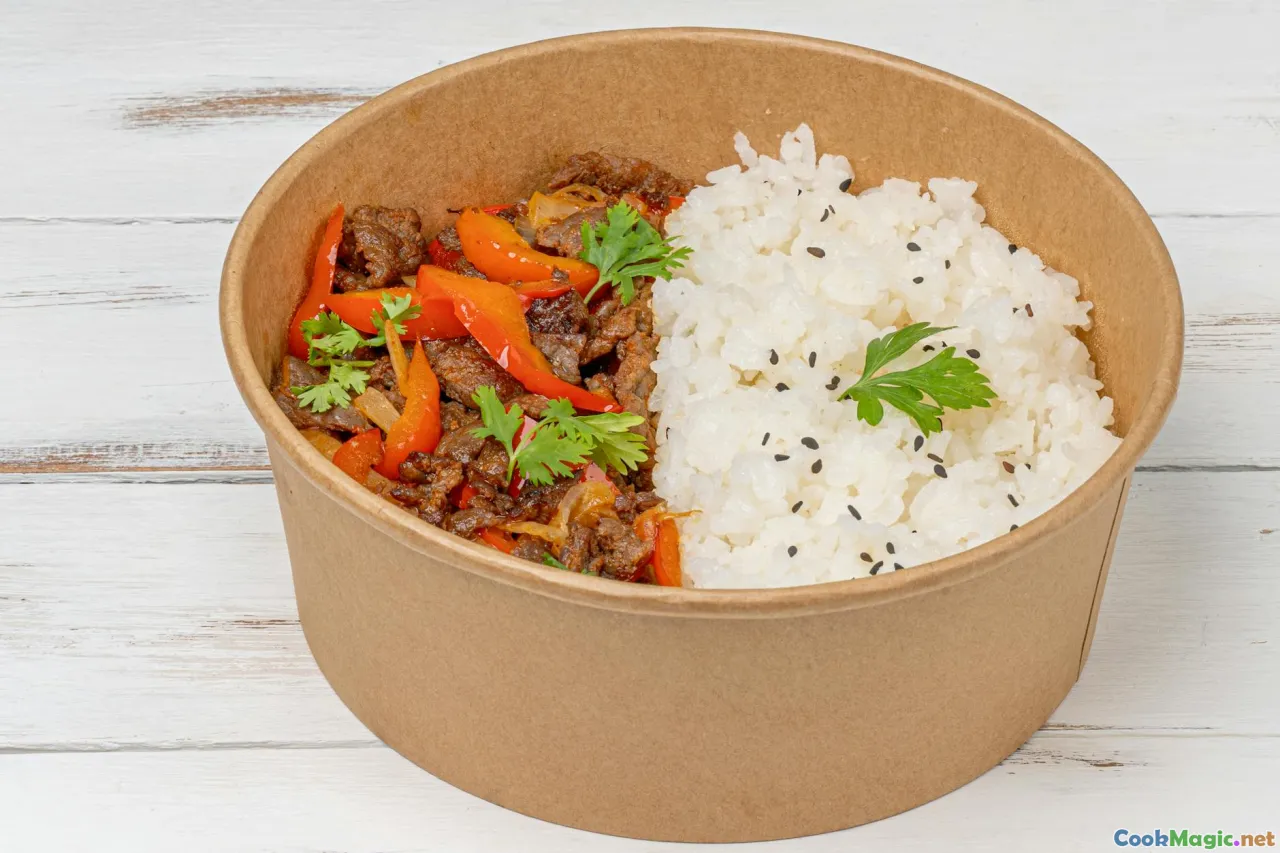
Once cooked, resting the rice for 10 minutes under a clean towel or keeping the lid closed allows excess moisture to evenly distribute. This step prevents clumping and results in tender, separate grains—a hallmark of professional Japanese rice.
Use a shamoji (wooden rice paddle) to gently fold and fluff the grains—avoid stirring aggressively, which can bruise the rice or turn it into a paste. The goal is to preserve the glossy sheen and .pebbly texture.
Serving and Pairing: Elevating the Experience
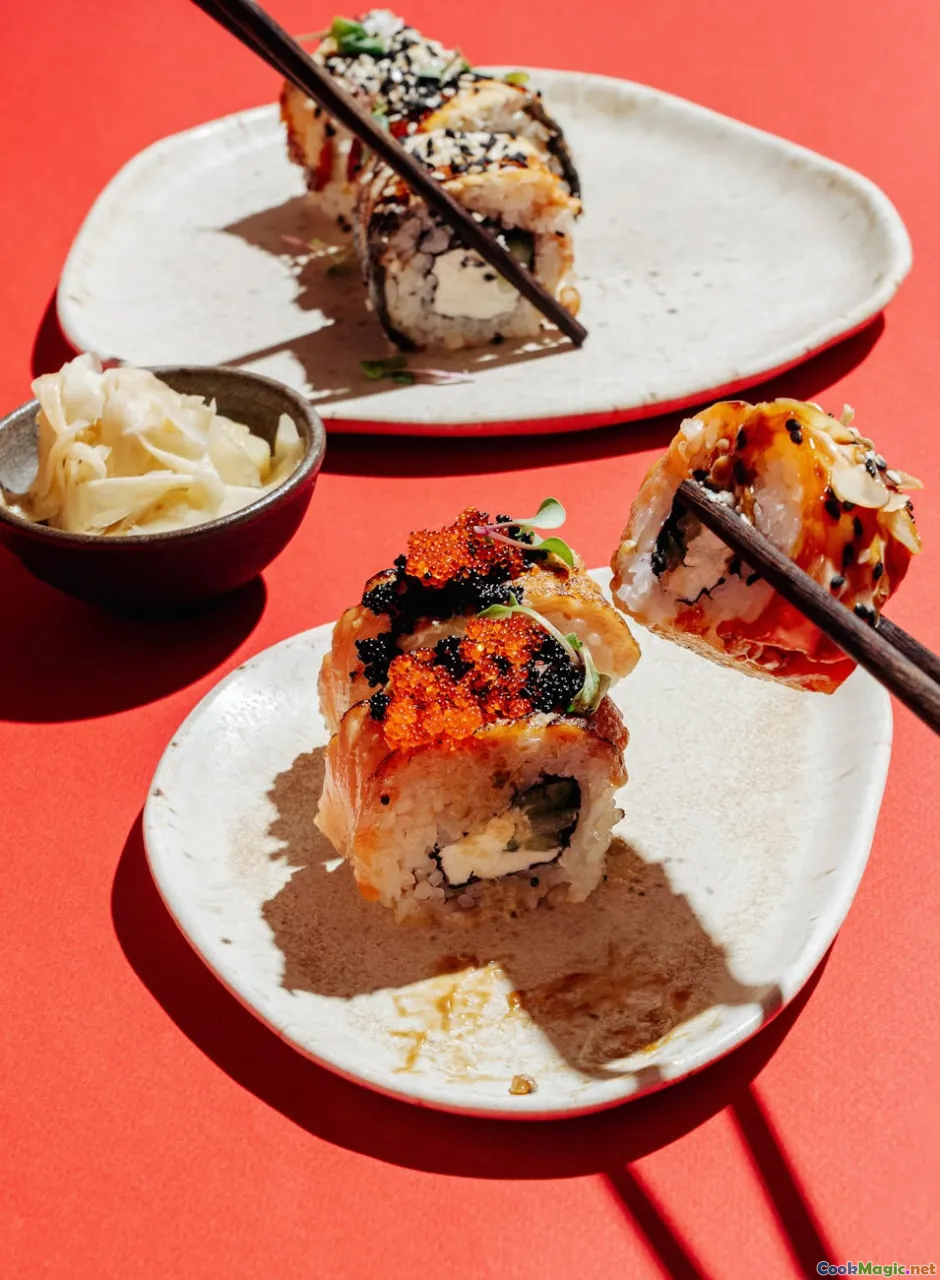
Quality rice isn’t just a component—it’s the canvas of your culinary artistry. Imagine a steaming bowl of Gohan swirled with a touch of gold leaf—a humble dish elevated through technique and reverence.
For a traditional Japanese breakfast, serve fluffy rice alongside grilled fish, miso soup, and pickles. For sushi, the rice’s stickiness must be just right to hold its shape—paired with vinegared seafood and wasabi slices.
The real magic happens when you pair your homemade rice with authentic toppings: a glossy unagi fillet, slices of abura soba egg, or simply a scattering of shichimi togarashi for a kick. The nuanced flavor of perfectly cooked rice complements and amplifies the delicate umami flavors typical of Japanese dishes.
Troubleshooting and Tips for Success

Even seasoned cooks encounter pitfalls. Overly sticky rice might stem from excess starch or too much water. If your rice is too soft, try reducing the cooking time or slightly less water next time.
Conversely, dry or undercooked rice often results from insufficient soaking or inadequate steaming—be sure to give the rice ample time to absorb water and fully cook.
A few personal tips:
- Use high-quality, fresh rice—old rice tends to dry out and lose its texture.
- Maintain a gentle, consistent cooking environment. Buzzing heat can lead to uneven cooking.
- Experiment with resting time—sometimes, a longer steam results in creamier, more cohesive rice.
- Invest in a good-quality rice cooker with a 'keep warm' feature to maintain optimal temperature without overcooking.
Personal Insights: Embodying the Spirit of Japanese Rice
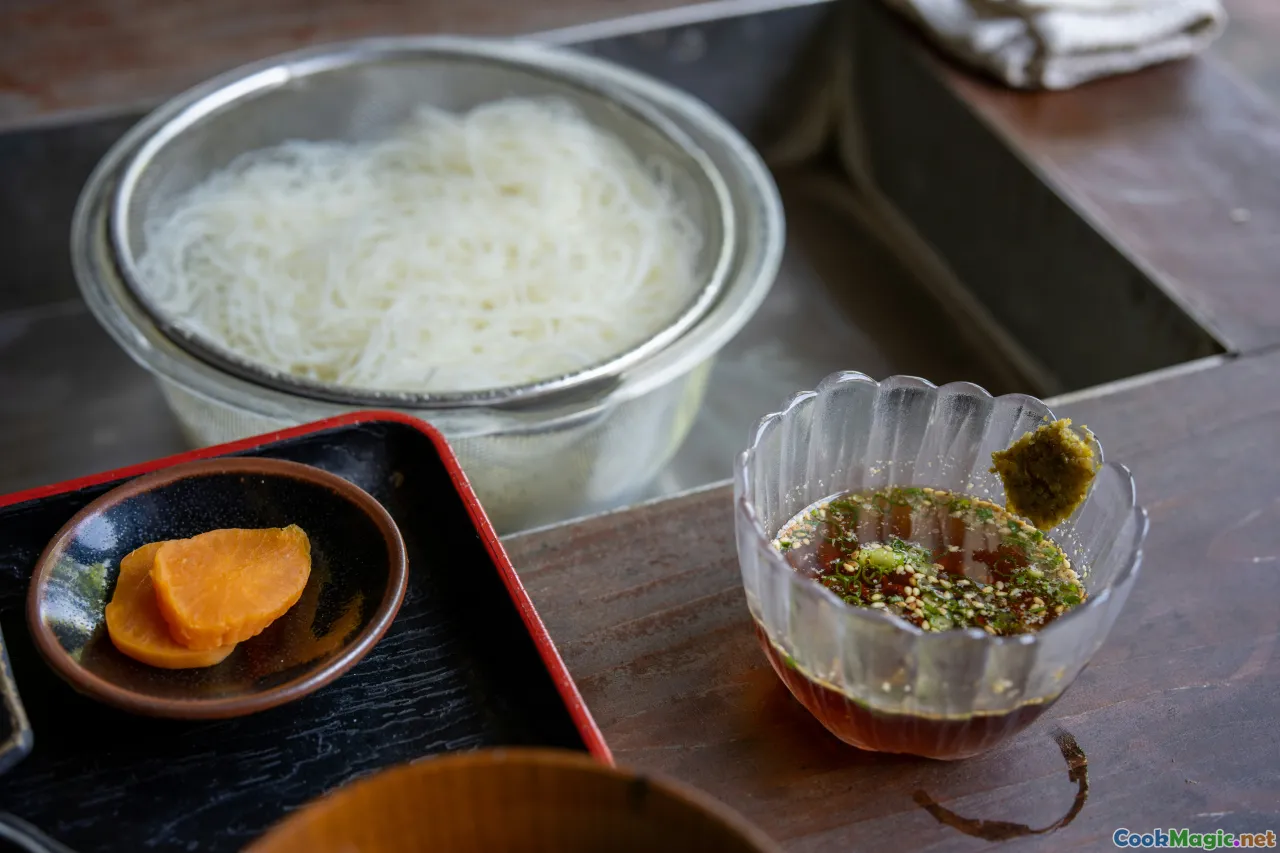
My journey into mastering Japanese rice began with a simple craving—an impulse to make authentic sushi at home. Initially, the process seemed daunting, but soon I realized that the soul of perfect rice links back to patience, attention, and respect. Watching each grain glide into its natural place, glistening and tender, became a meditation.
Inspired by the rice artisans of Niigata, I began exploring different brands, adjusting water ratios, and experimenting with soaking times. Over time, I developed a tactile sense—learning to recognize whether the rice was just right, slightly underdone, or overcooked through touch and aroma.
The reward is not just visual or taste-based; it’s an emotional connection to a centuries-old tradition, a humble reminder that true culinary mastery lies in honoring ingredients.
Elevate Your Home Kitchen with Authentic Japanese Rice
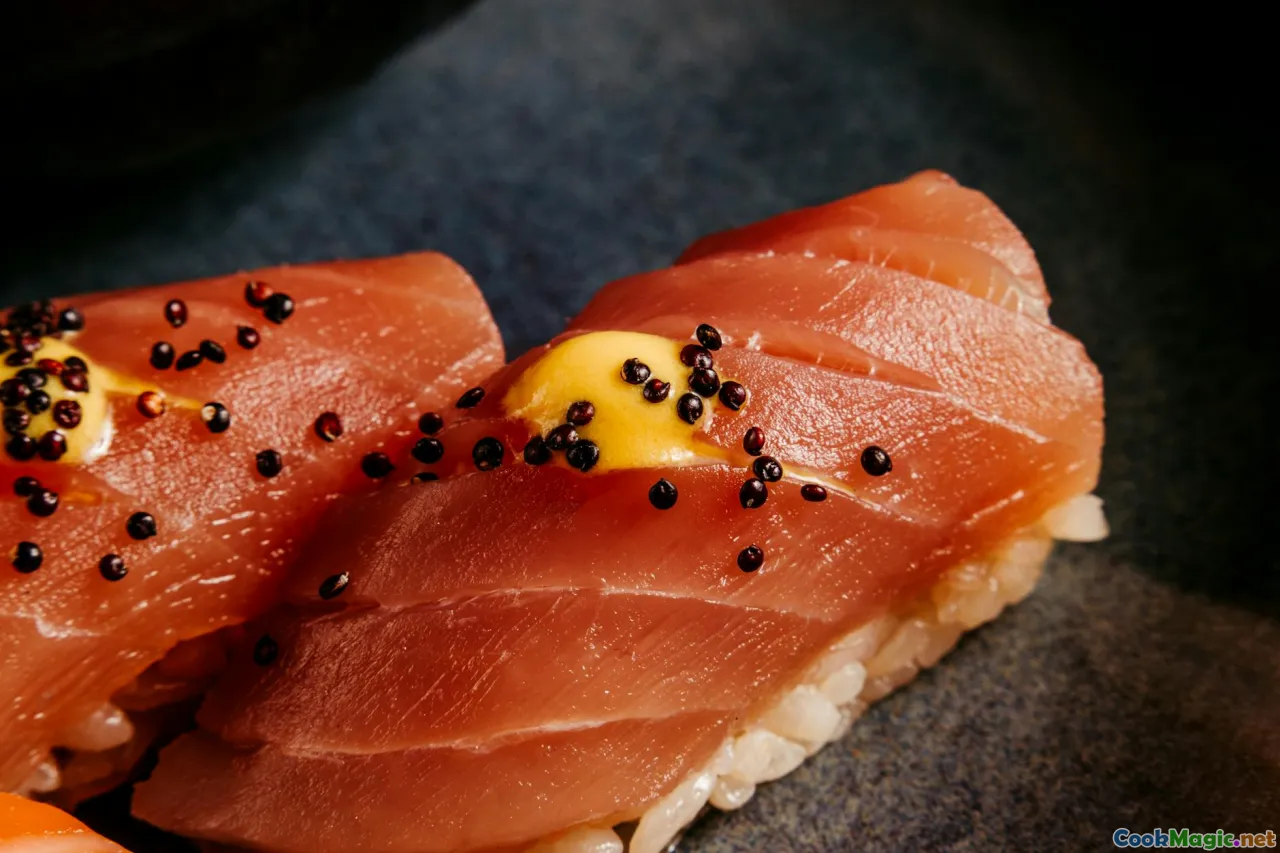
The pursuit of restaurant-quality Japanese rice is a beautiful, ongoing journey—one that deepens your understanding of Japanese culture and sharpens your culinary skills. With the right rice, meticulous preparation, and a mindful approach, you step into the role of a rice artisan.
Whether serving a simple bowl of gohan, a vibrant sushi roll, or a hearty donburi, your commitment to achieving that glossy, tender, and perfectly sticky texture will transform humble grains into an edible masterpiece. Embrace the process, cherish every step, and let each batch be a tribute to the rich tapestry of Japan’s culinary soul.
Because in the end, great Japanese rice isn’t just about technique—it's about creating an experience, a moment of harmony, and a profound appreciation for a grain that has sustained generations.









